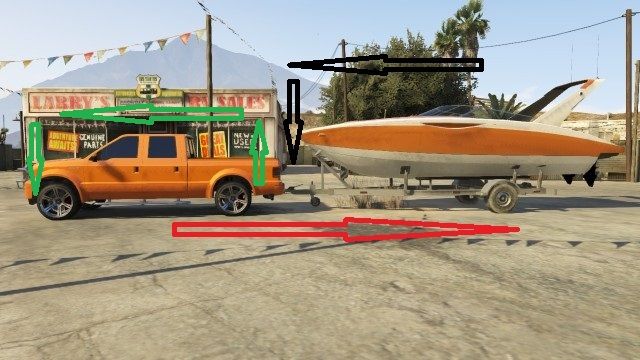LD1
Epic Contributor
I wonder if a pressure gauge could be fitted to a small hydraulic jack, then calibrated with test weights.
Bruce
Probably. But no ports usually. So would have to be dis-assembled and drilled somewhere for a tap.
I wonder if a pressure gauge could be fitted to a small hydraulic jack, then calibrated with test weights.
Bruce
To get an approximate idea you could try this. Lets say you want 600# on the tongue. Park on a level surface and measure the bumper height. Next find a couple friends that weight a total of 600# and have them stand on the bumper. Measure the drop in height. Hitch the trailer and compare the drop to what you had before.
PS: asking the wife to stand on the bumper is not recommended!
Tom
Yup. Put a known weight on the tailgate and measure the drop. 200, 400, 600, 800 etc...
Greenboot - Tom - your post adds just what a thread needs when its getting overly serious/technical - some humor. Have a good day.

Yup, that is what I gotYou could buy this and set it on a floor jack and then unhook your coupler and just jack it up enough to get the weight off the ball. You wouldn't need to completely disconnect or move the truck.
Sherline Trailer Tongue Weight Scale - 2,000-lb Capacity Sherline Tools 5780
Well... in the spirit of adding uselessly technical confusion to the thread... :laughing:
You guys are just talking about static force, when the trailer is sitting still. I have always wondered what is the difference when we look at the trailer in motion. How much force does the tongue experience when you hit a bump or worse when you hit the brakes? I took a random picture from the internet and put some arrows on it. When you are driving the force on the tongue would be steady, but when you hit the brakes (red arrow) the slowing force from trailer and truck braking is very low to the ground relative to the center of the trailer load. This would mean the boat inertia which is located much higher up (black arrow) is going to continue forward and try to pivot over the axle, putting a lot of extra downward force (downward arrow) on the tongue. Isn't it? As well, when you add the forces on the truck the truck braking will drive the front of the truck down and the back of the truck upward (green arrows).
I am not an expert, but it seems to me that the higher the load weight and the load center of gravity, the more force you would experience in a downward direction from the trailer tongue and at the same time upwards from the back of the truck due to braking, dramatically increasing the "tongue weight" at that moment in time.
Anyone actually know anything about this? Am I wrong about how the force is applied?